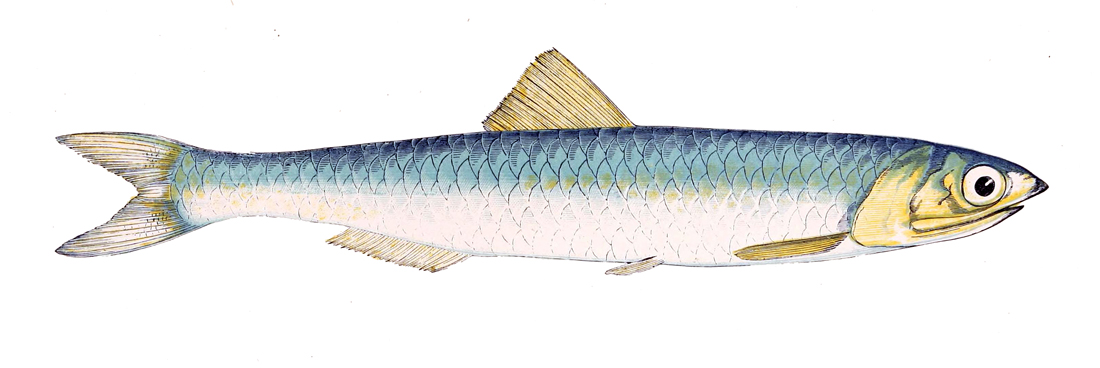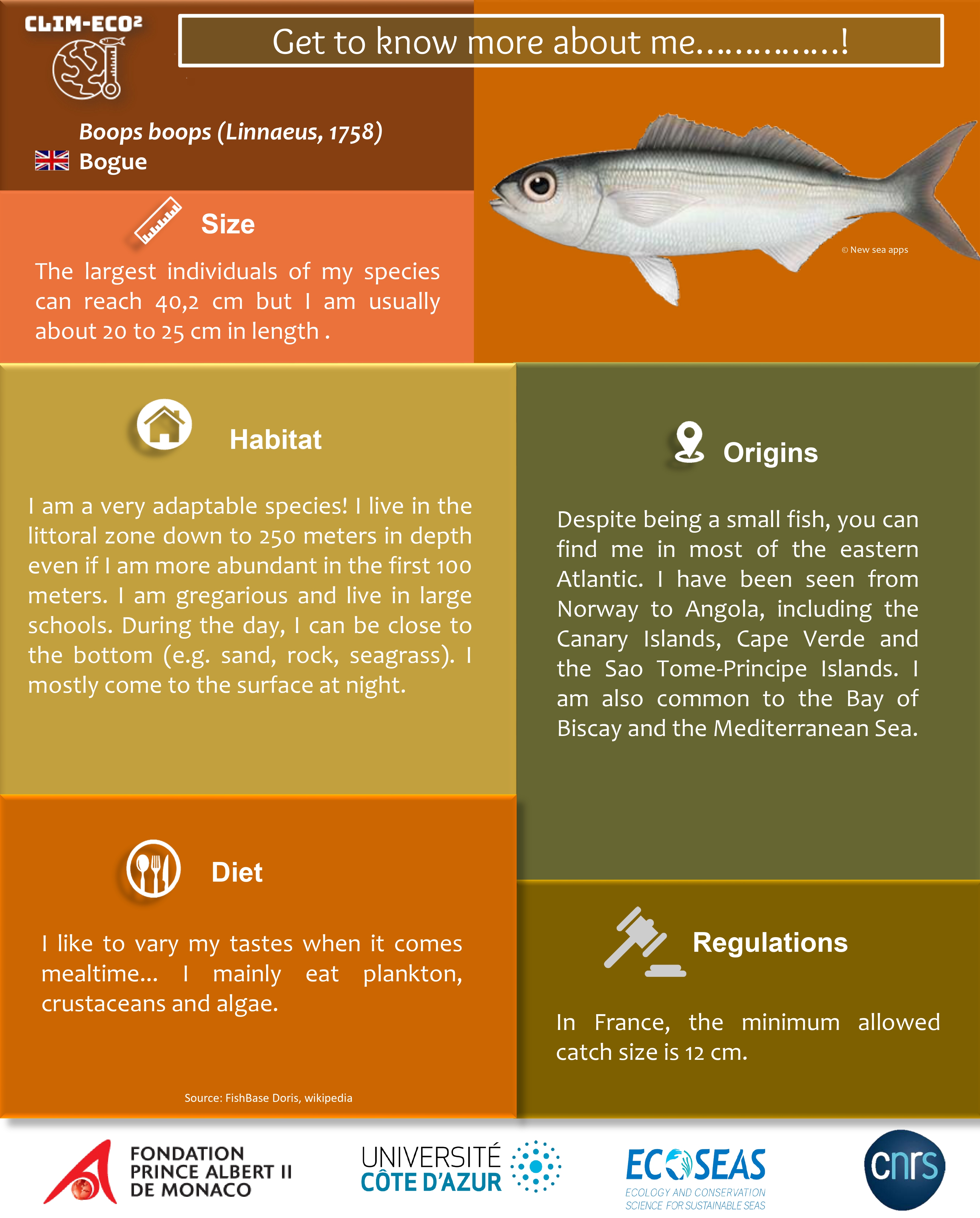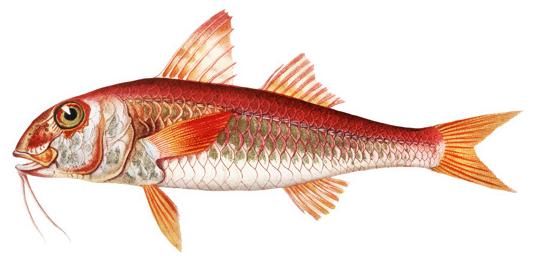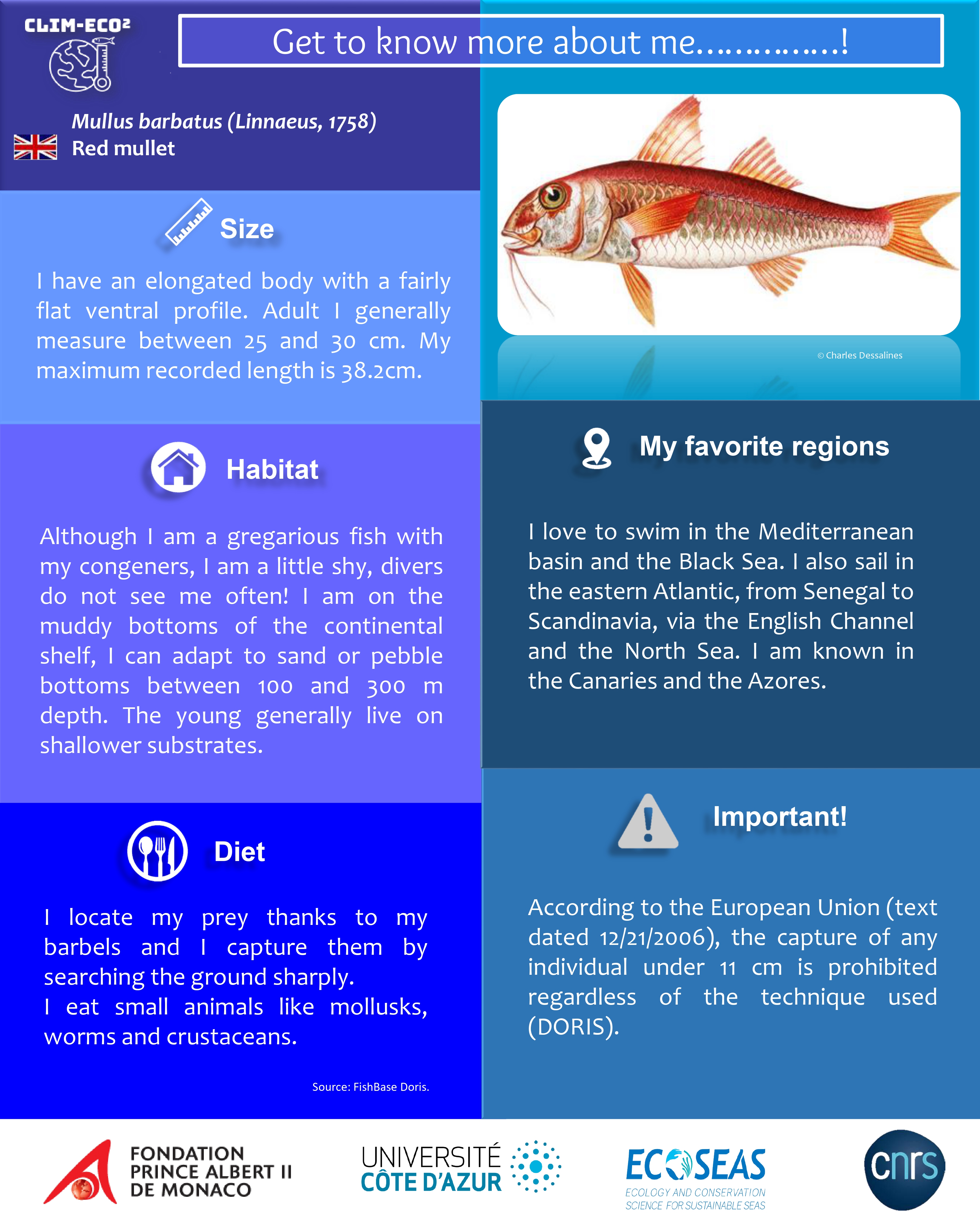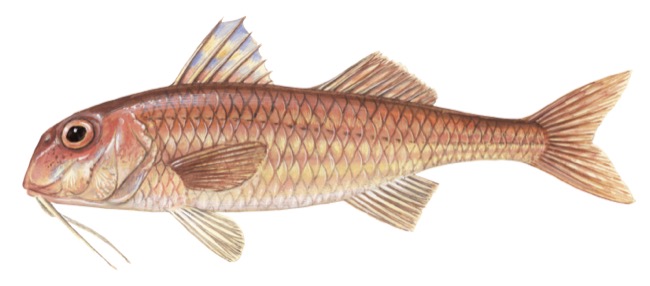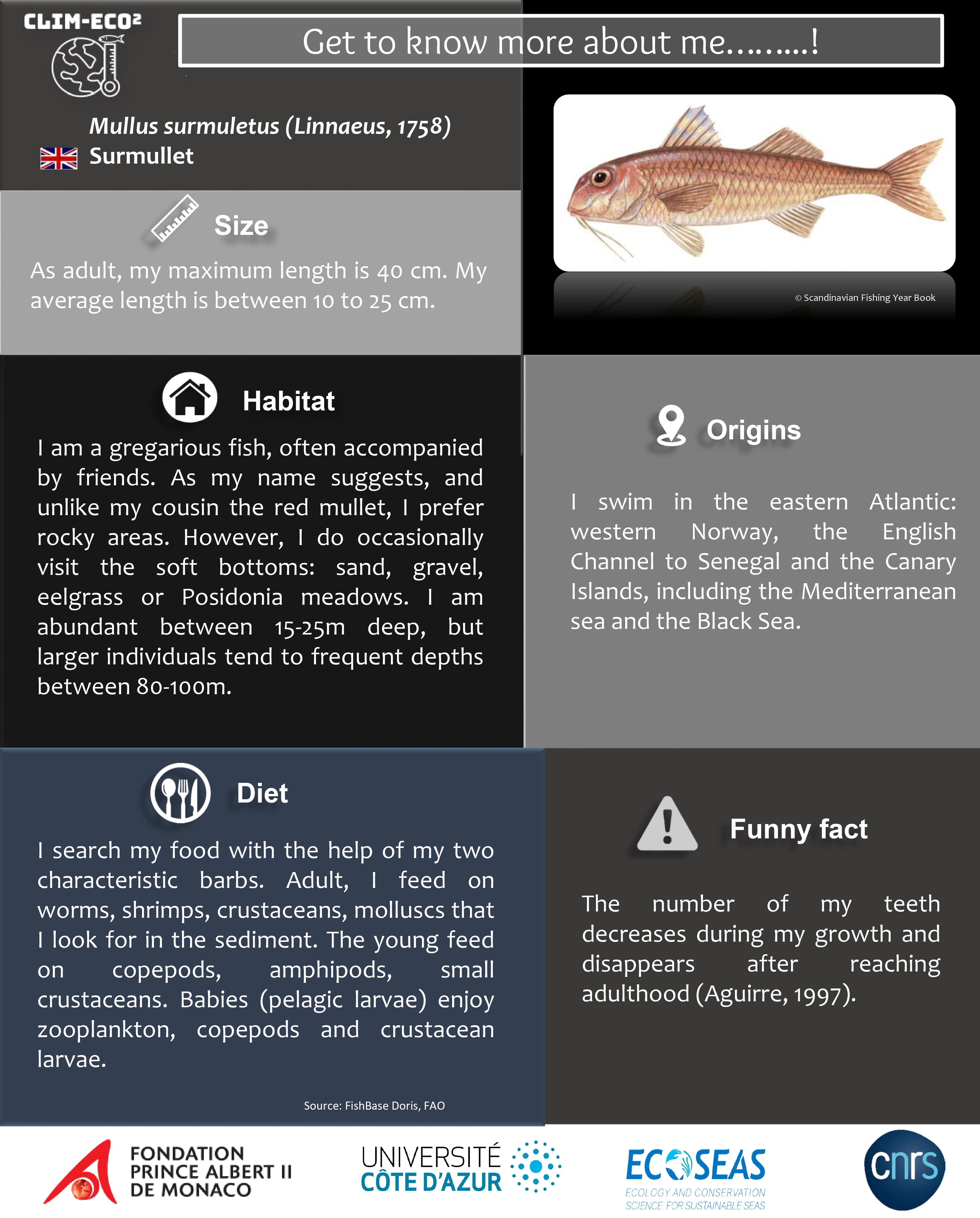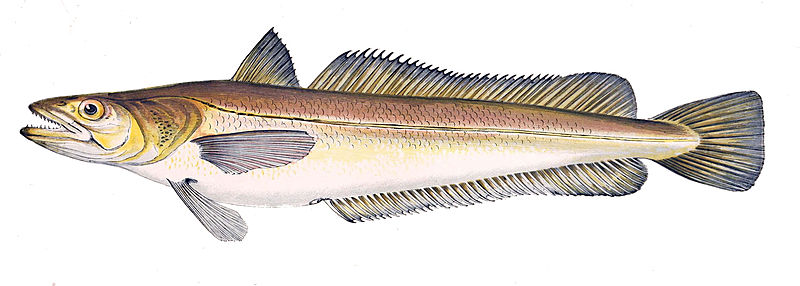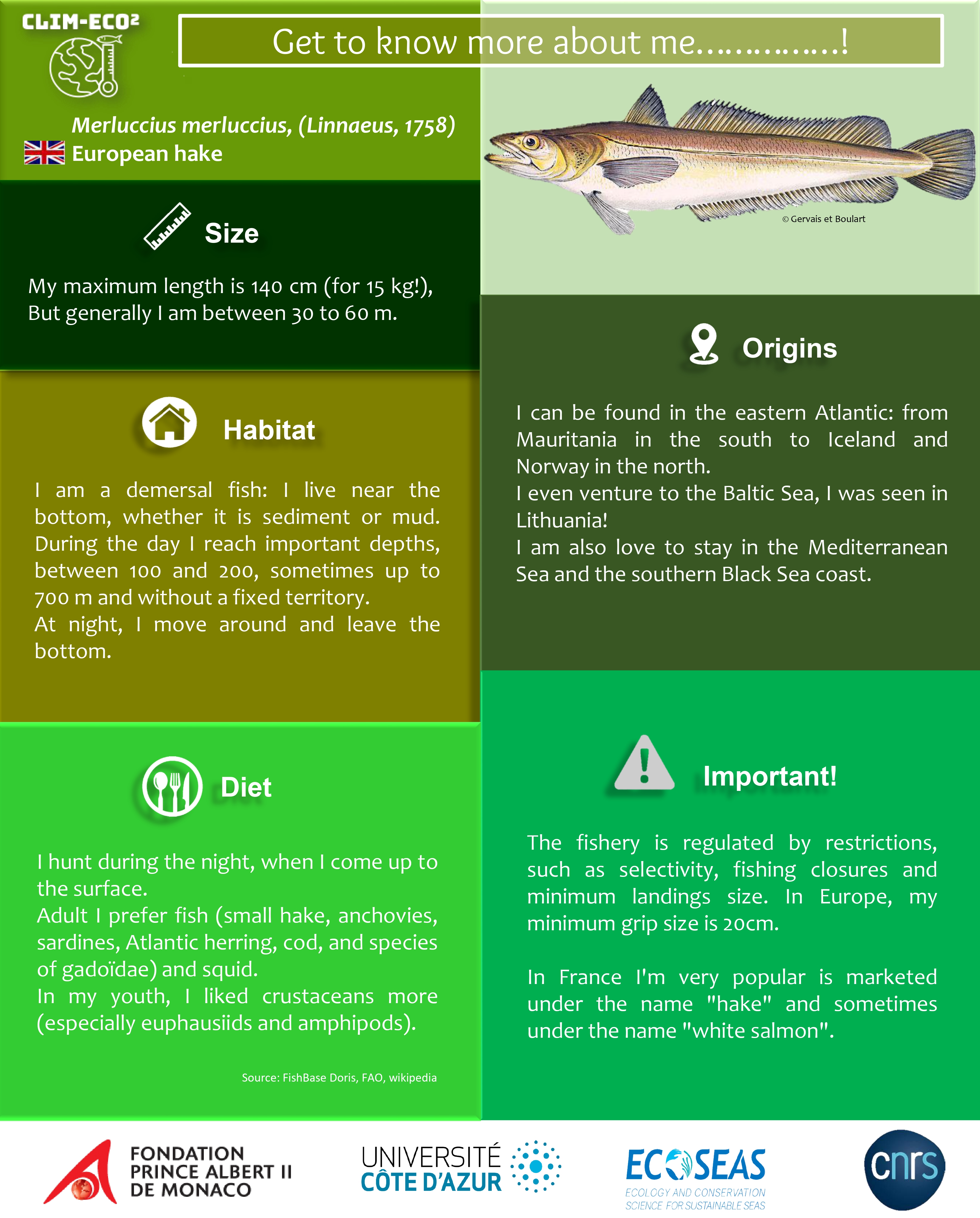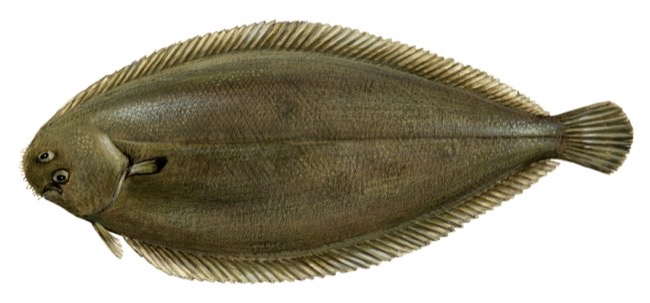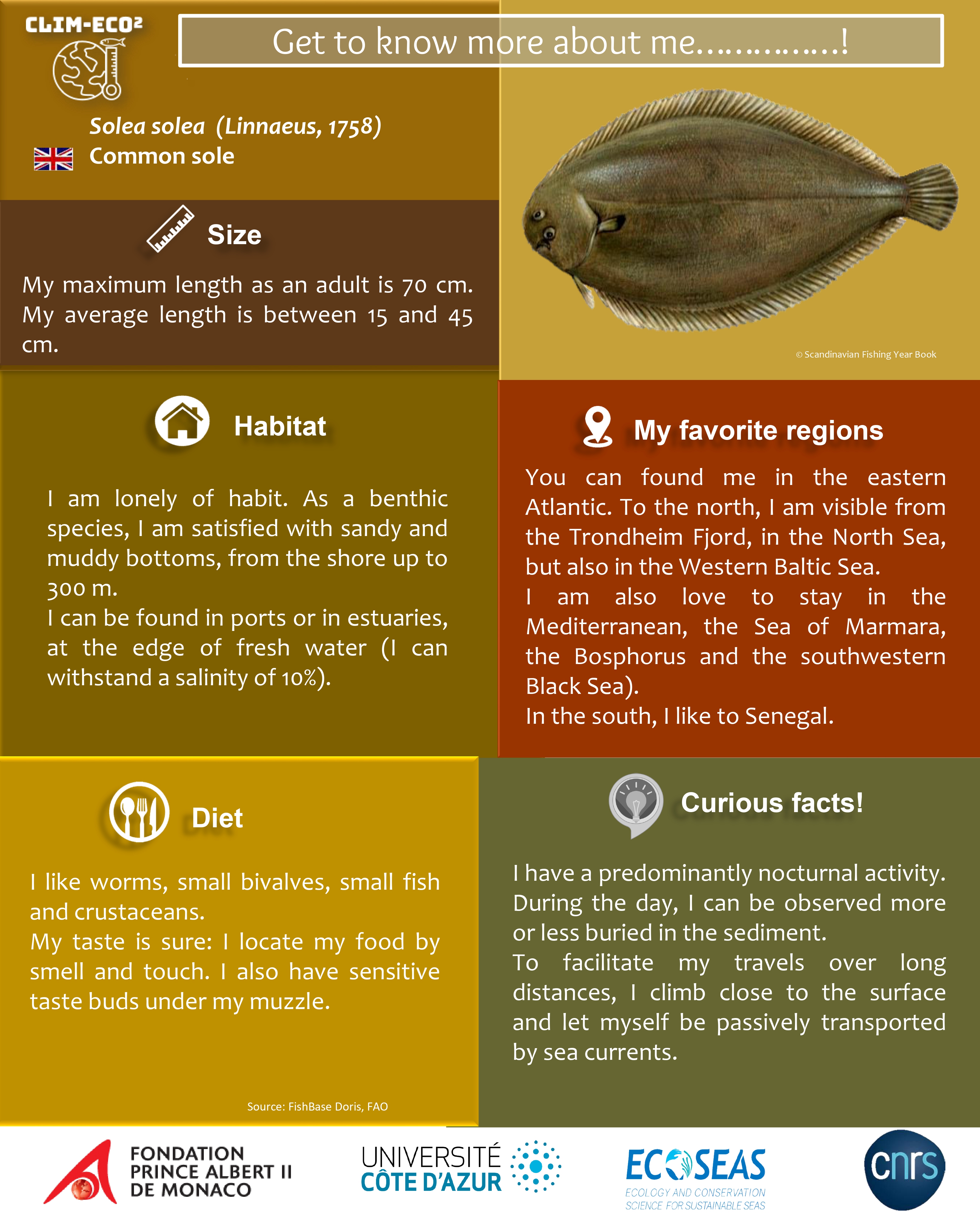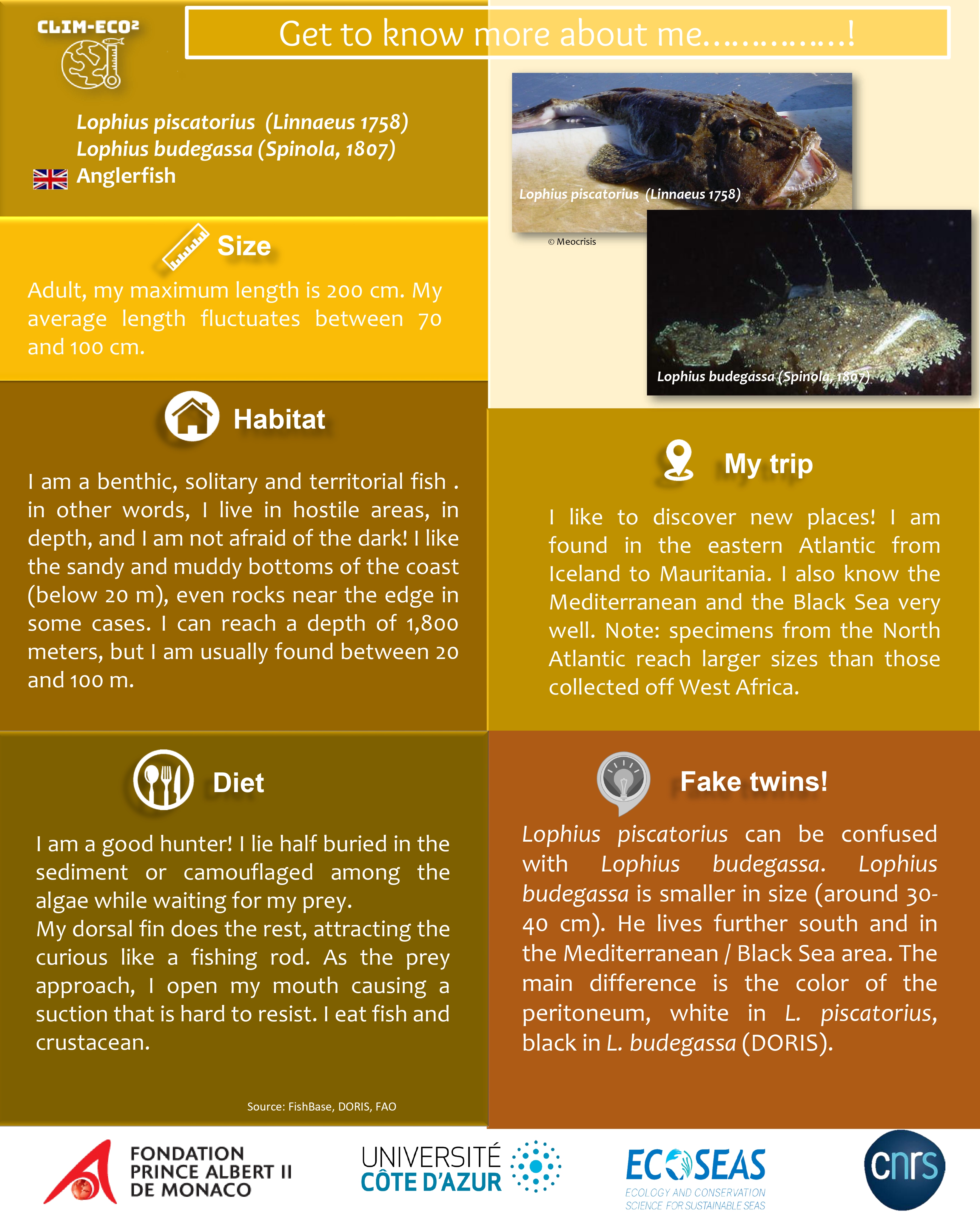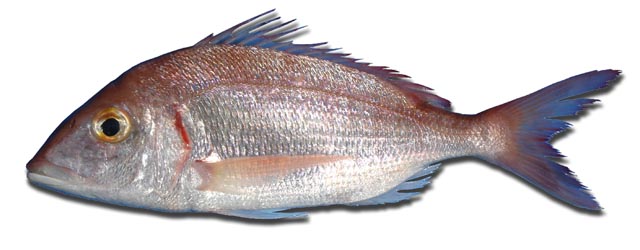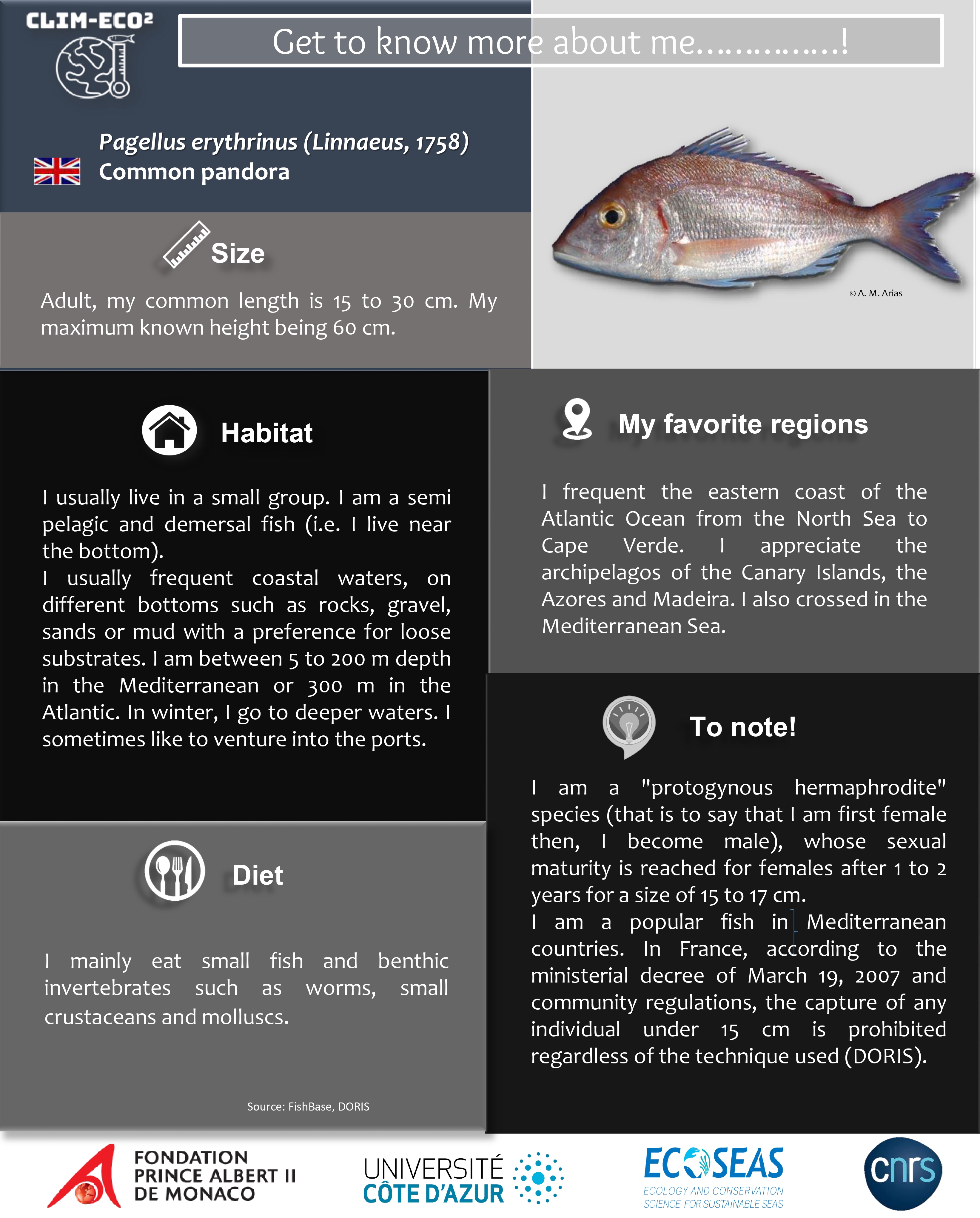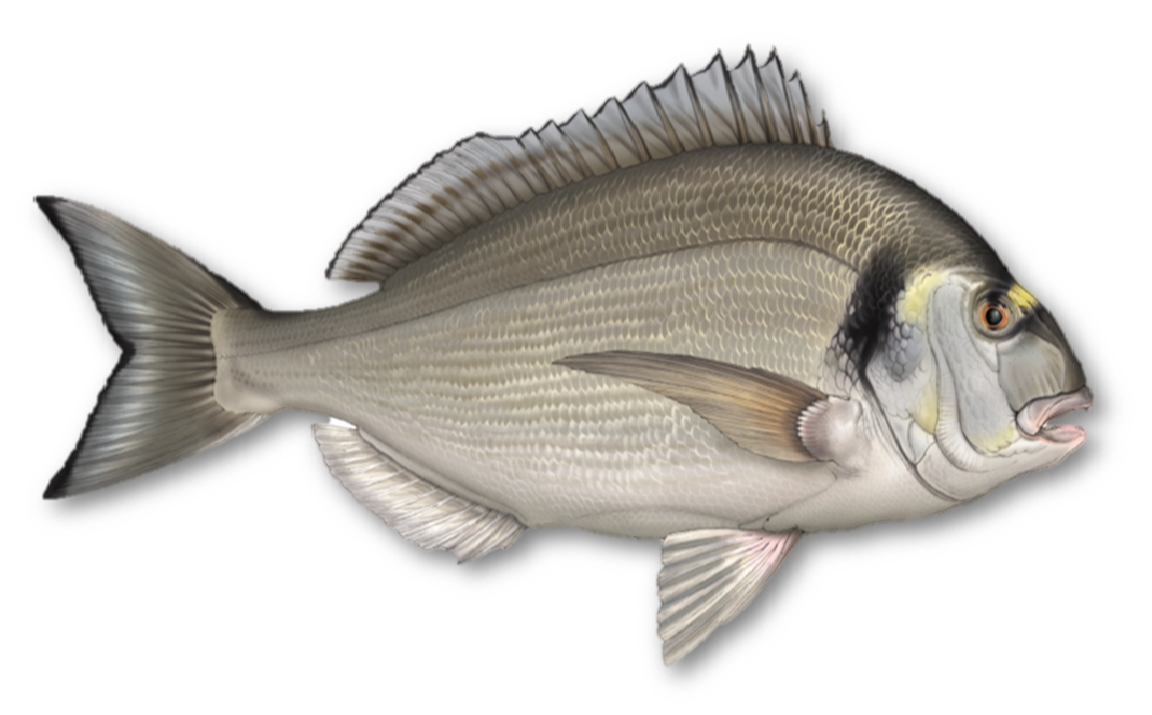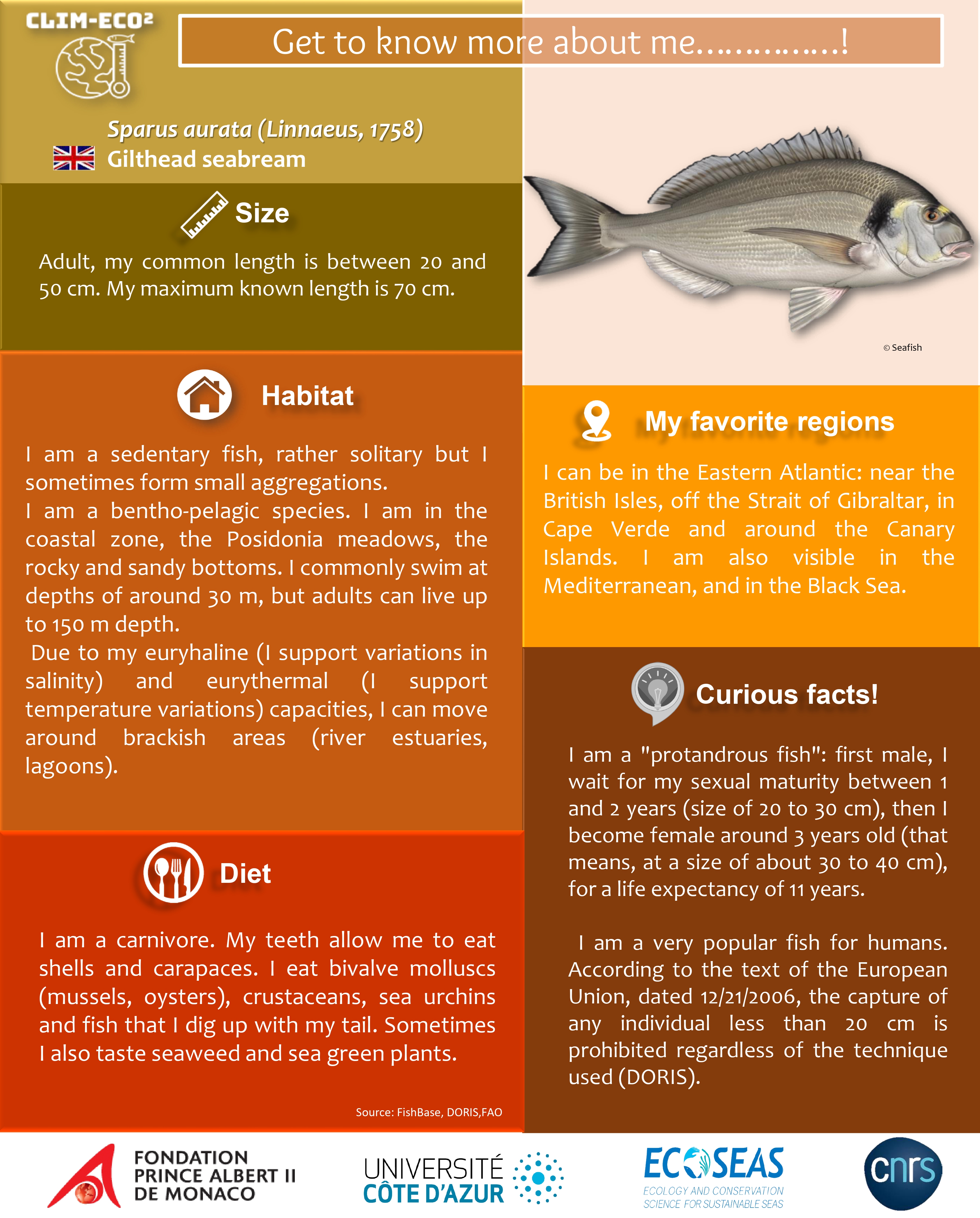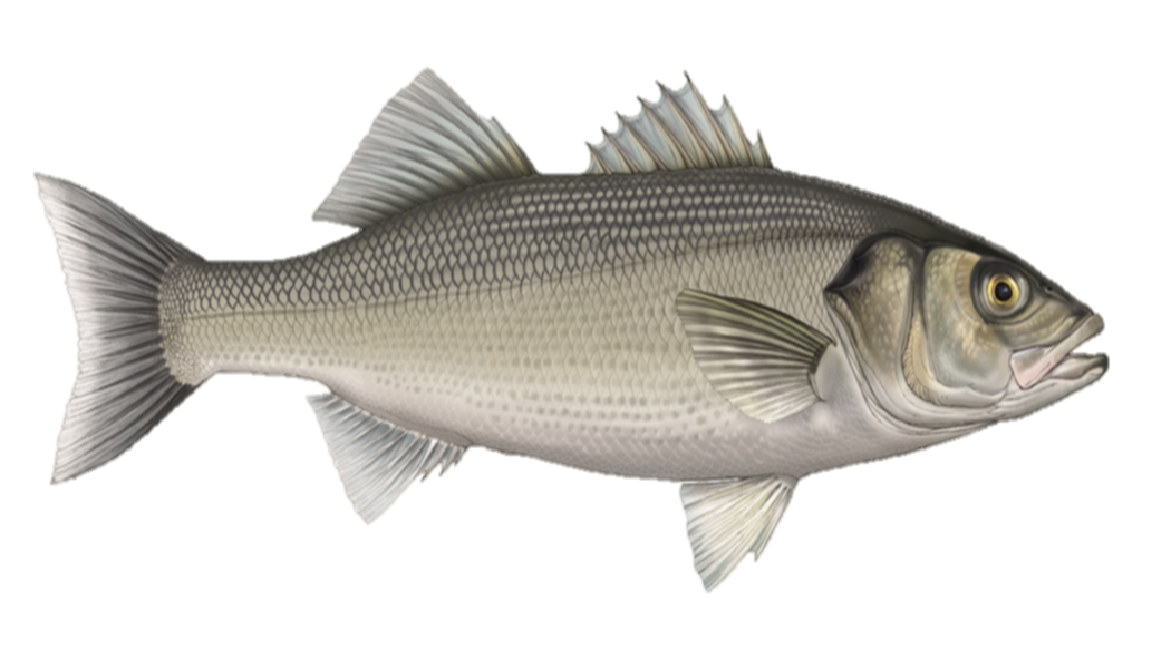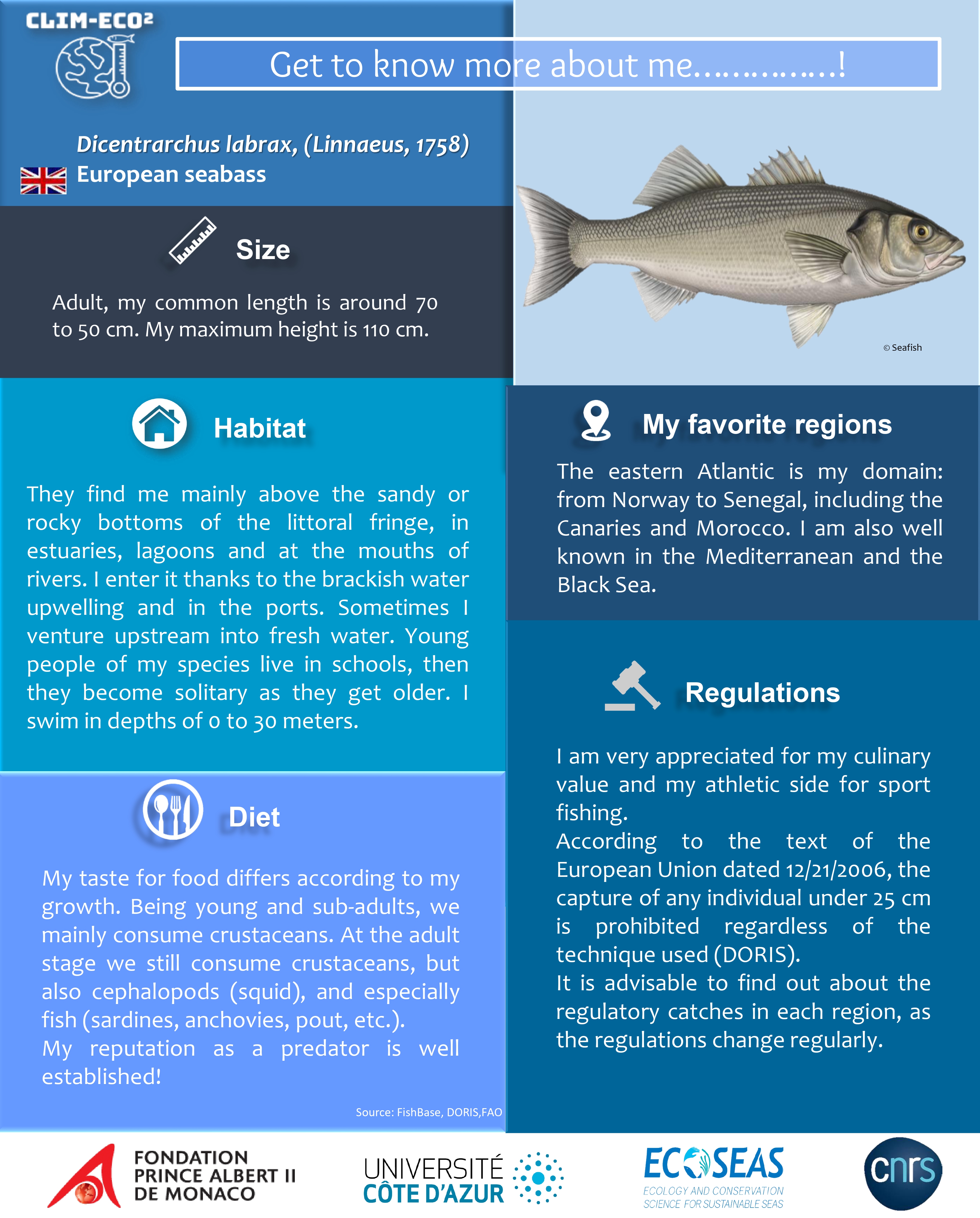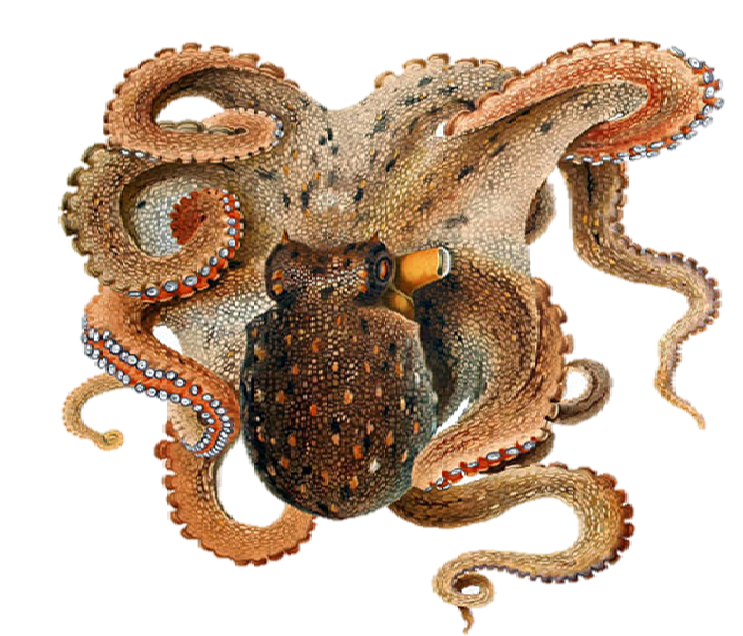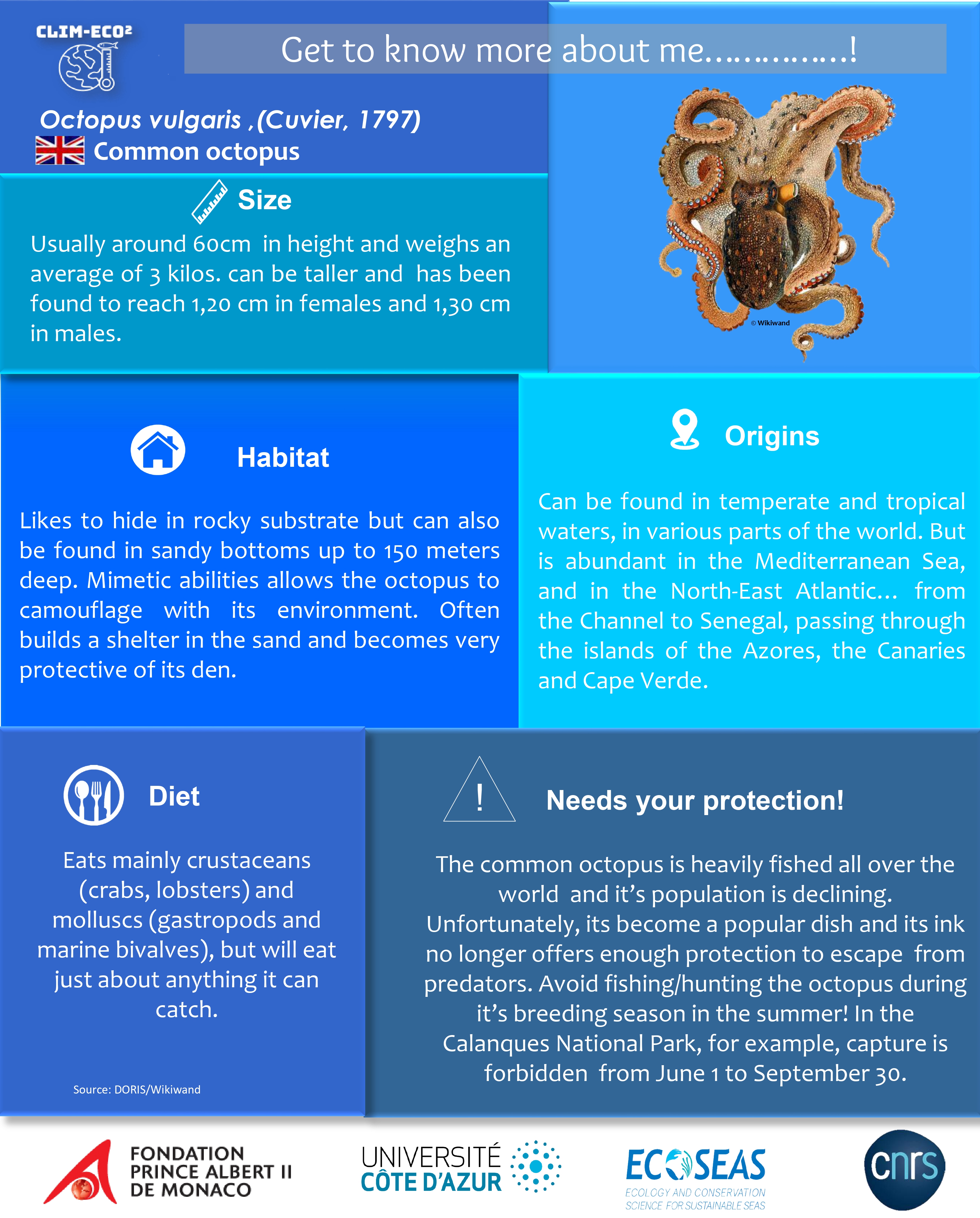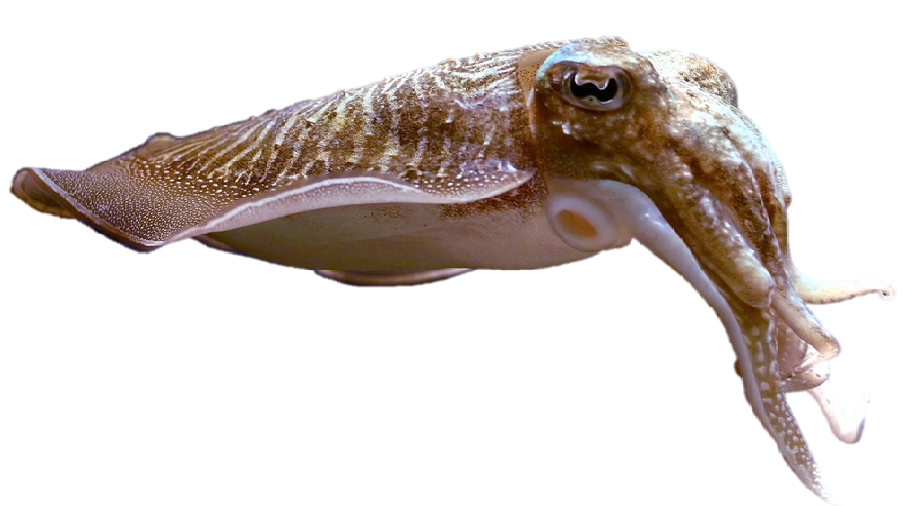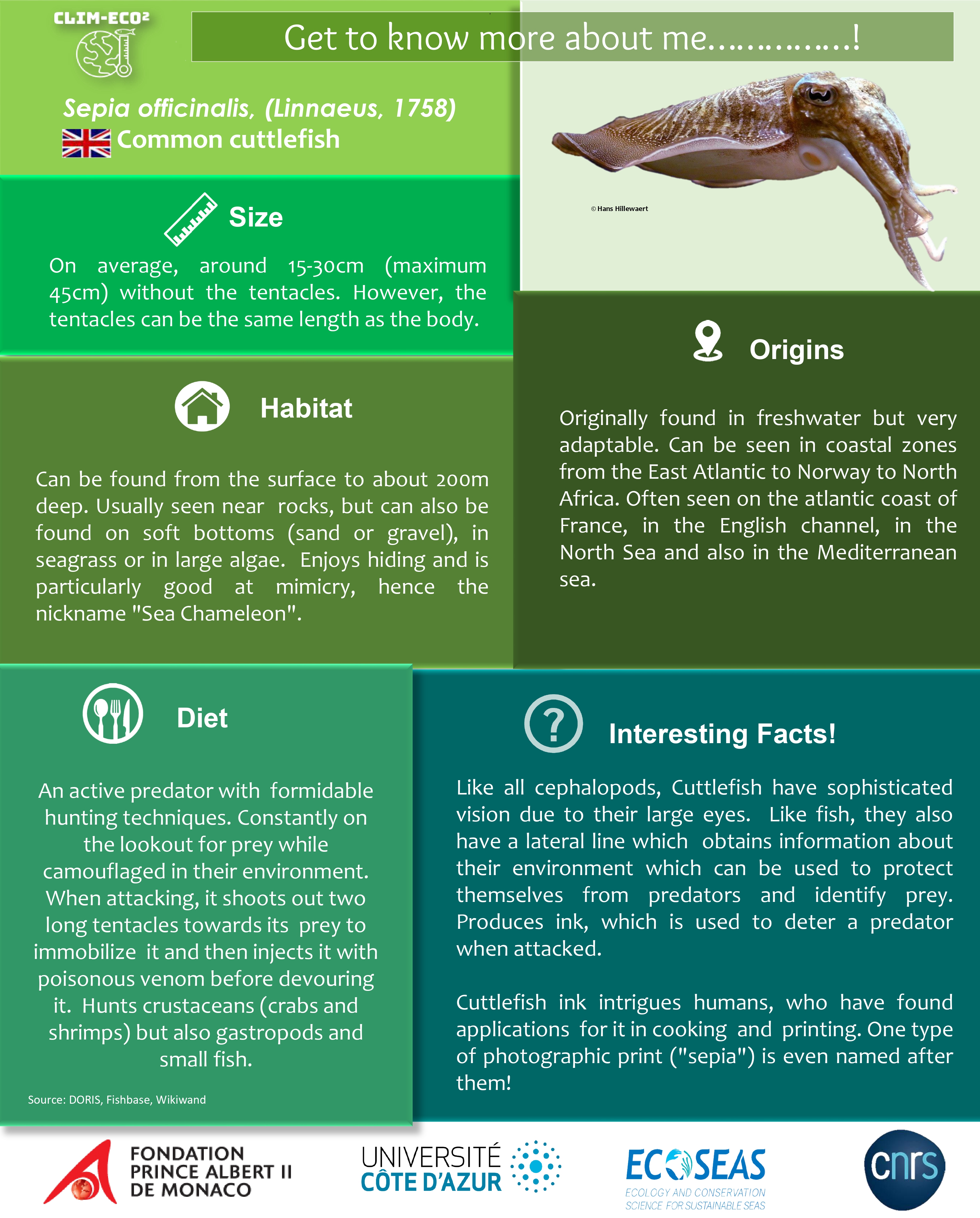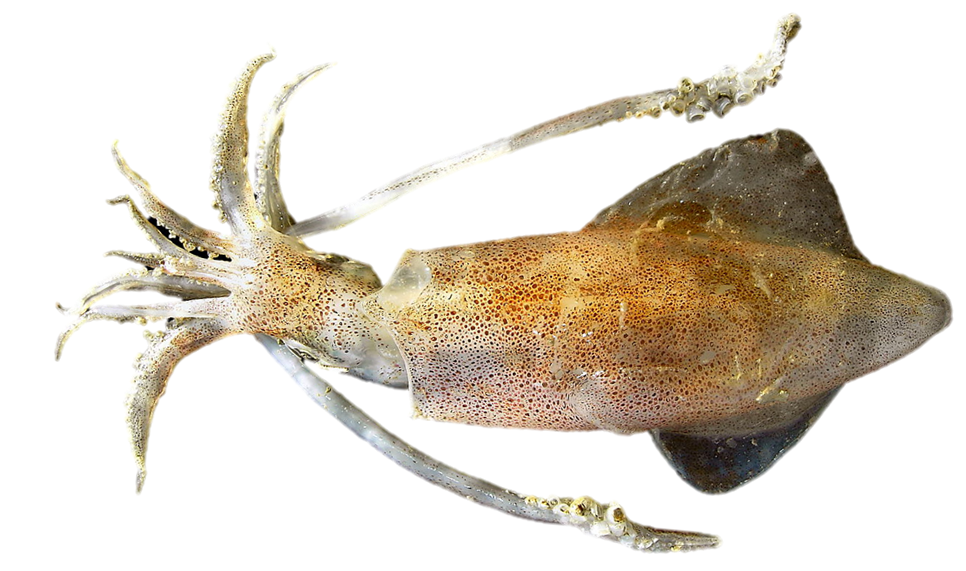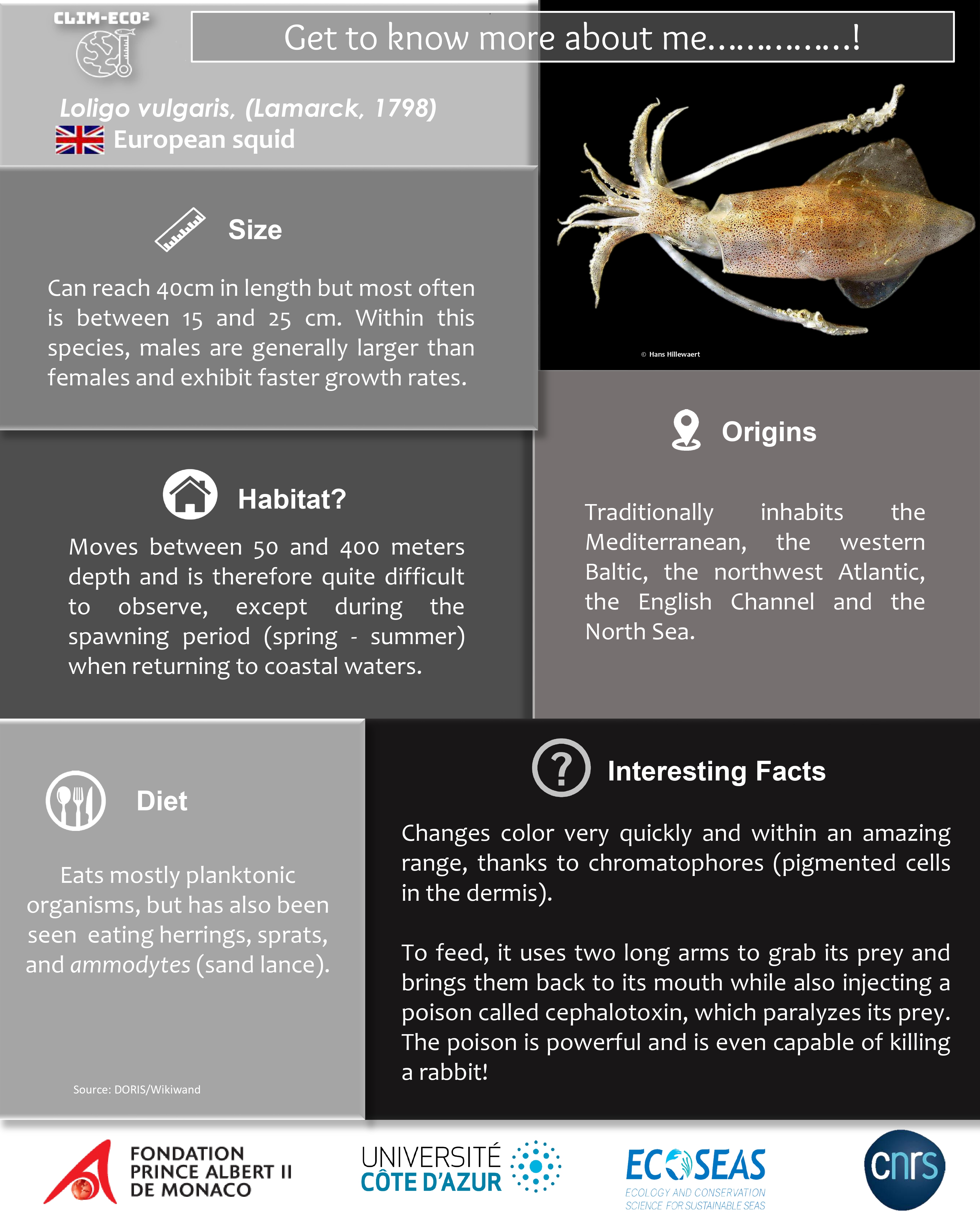Mediterranean fisheries
Small Pelagic Species
A team of researchers from the Université Côte d'Azur and their collaborators investigated the impact of climate change on the future evolution of the range of small pelagic fish in Europe, including Anchovy and Sardine. are parties for example. These species have an essential ecological and economic role, representing almost half of the catches of fishing in Europe.
Their work has projected a significant expansion of these species towards Northern Europe by 2100. On the contrary, the significant warming expected in the Mediterranean, may induce a local disappearance of these species in its south-eastern basin. This study also recalled the need to limit global warming to 2 ° C since the pre-industrial era to minimize its impact on the exploitation of marine resources.
- European anchovy
-
Engraulis encrasicolus,(Linnaeus 1758)
Engraulis encrasicolus (Linnaeus 1758) Gervais, H. Engraulis encrasicolus (Linnaeus 1758)-sheet - European pilchardus
-
Sardina pilchardus, (Walbaum, 1792)
Sardina pilchardus, (Walbaum, 1792) © Scandinavian Fishing Year Book Sardina pilchardus, (Walbaum, 1792)
- European sprat
-
Sprattus sprattus, (Linnaeus, 1758)
Sprattus sprattus Linnaeus 1758 © Scandinavian Fishing Year Book Trachurus trachurus, (Linnaeus, 1758) - Atlantic horsemackerel
-
Atlantic horsemackerel sheet
Trachurus trachurus, (Linnaeus, 1758)
Trachurus trachurus, (Linnaeus, 1758) FAO Trachurus trachurus, (Linnaeus, 1758)
- Mediterranean horsemackerel
-
Trachurus mediterraneus, (Steindachner 1868)
Chinchard méditerranéen © Agrino.org Trachurus mediterraneus, (Steindachner, 1868) - Round sardinella
-
Round sardinella sheet
Sardinella aurita, (Valenciennes, 1847)
Sardinella aurita, (Valenciennes, 1847) Spirit Sardinella aurita, (Valenciennes, 1847) - Bogue
-
Bogue sheet
Boops boops, (Linnaeus, 1758)
Bogue © New sea apps Boops boops (Linnaeus, 1758) sheet
Bottom fishes (demersal and benthic species)
A common sole, a gilthead seabream, a common pandora or even a European seabass ... These are fish that have often been found on our plates of Mediterranean dishes for centuries. Who knows if future generations, by the end of the century (around the year 2100) will still eat it? Who knows if the fishermen will still see them in their nets? With climate change continuing to warm our Mediterranean waters, nothing is sure yet!
This is the contribution of the post-doctoral researcher Emna Ben Lamine to the CLIM-ECO2 project. She studies the effect of global warming on economically important species for Mediterranean fishing. Other than the fish mentioned above, it considers the anglerfishes, the European hake, the European hake, the surmullet and the red mullet. The question is also to know, following the changes in the geographical distribution areas of these species, what would be the impacts on the fishing economy and the income of fishermen? The whole team is working there to identify the ecological impacts on these species, but also the economic impacts of global warming.- Red mullet
-
Red mullet sheet
Mullus barbatus, (Linnaeus, 1758)
Rouget de vase Charles Dessalines Mullus barbatus barbatus -sheet - Surmullet
-
Surmullet sheet
Mullus surmuletus (Linnaeus, 1758)
Rouget de roche © Scandinavian Fishing Year Book Mullus surmuletus (Linnaeus, 1758)-sheet
- European hake
-
European hake sheet
Merluccius merluccius, (Linnaeus 1758)
Merlu Gervais et Boulart Merluccius merluccius Linnaeus 1758 - Common sole
-
Solea solea, (Linnaeus 1758)
Sole commune © Scandinavian Fishing Year Book Solea solea
- Anglerfish
-
Anglerfish sheet
Lophius spp
Lophius piscatorius, (Linnaeus 1758)
Lophius budegassa ,(Spinola, 1807)Lophius piscatorius , (Linnaeus 1758) Lophius budegassa, (Spinola, 1807) © Meocrisis © Christian Delanoe Lophius spp - Common pandora
-
Common pandora sheet
Pagellus erythrinus (Linnaeus, 1758)
Pagellus erythrinus (Linnaeus, 1758) A. M. Arias Pagellus erythrinus (Linnaeus, 1758)
- Gilthead seabream
-
Sparus aurata, (Linnaeus, 1758)
Daurade Royale © Seafish Sparus aurata (Linnaeus, 1758) - European seabass
-
European seabass
Dicentrarchus labrax, (Linnaeus, 1758)
Dicentrarchus labrax, (Linnaeus, 1758) © Seafish Dicentrarchus labrax, (Linnaeus, 1758)
MEDITERRANEAN CEPHALOPODS
These works project a significant shift in the distribution area of three species of cephalopods from the Mediterranean towards the North of Europe by 2100. These results would be strongly attenuated for a warming limited to 2 ° C since pre-industrial times.
- Common octopus
-
Octopus vulgaris ,(Cuvier, 1797)
Octopus vulgaris ,(Cuvier, 1797) © Wikiwand Octopus vulgaris ,(Cuvier, 1797)-sheet - Common cuttlefish
-
Sepia officinalis, Linnaeus, 1758
Sepia officinalis, Linnaeus, 1758 © Hans Hillewaert Sepia officinalis, Linnaeus, 1758 - European squid
-
Loligo vulgaris, (Lamarck, 1798)
Loligo vulgaris, (Lamarck, 1798) © Hans Hillewaert Loligo vulgaris, (Lamarck, 1798)

















